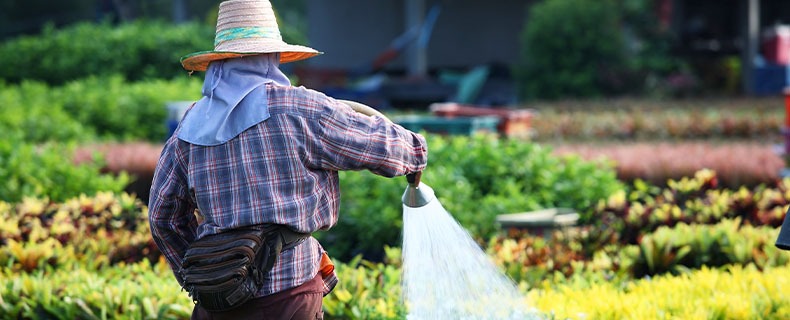
July 10, 2020
For Canada’s Migrant Farm Workers, Immigration Status Can be a Matter of Life and Death
As the coronavirus pandemic continues to evolve, the dire situation facing migrant farm workers in Ontario has been widely publicized in the past couple of weeks. At the time of writing, more than 950 migrant farm workers in Ontario have tested positive for COVID-19, with more than 670 cases in Essex County.[1] According to the Globe and Mail, roughly 10 per cent of all workers in Southwestern Ontario who have been tested for the virus have had positive results. Three migrant workers from Mexico have died of COVID-19.[2] Reports of substandard housing, overcrowding in bunkhouses making it impossible to practice physical distancing, sick workers not receiving medical care, lack of access to food, income, quarantine pay or health information, and asymptomatic workers who have tested positive being forced to work have started to receive more mainstream attention.[3] On Saturday, 4 July 2020, hundreds of migrant workers took to the streets in multiple cities across Canada demanding better protections and improved rights from the federal government. A common theme was the request for permanent resident status upon arrival, as workers have highlighted that their temporary status prevent them from speaking up for decent housing, accessing healthcare information, or asserting their labour rights.[4] So what is the immigration scheme for Canada’s migrant farm workers, and how does it relate to their work conditions?
Migrant farm workers typically arrive to Canada under three streams of the Temporary Foreign Worker (TFW) program: the Seasonal Agricultural Worker Program (SAWP), the Agricultural stream and the stream for high-wage or low-wage positions.[5] The SAWP allows farmers to hire temporary foreign workers from Mexico and participating Caribbean countries when Canadians and permanent residents are not available. These employers can hire migrant workers for a maximum period of 8 months, between January 1 and December 15, provided they meet certain minimum work hour conditions.[6] Under the program, participating employers are required to provide adequate, suitable and affordable housing to the workers, though inspections of housing conditions are left to the provinces and territories.[7] Workers have reported that workplaces are typically “previously informed of inspections as they often hide problems beforehand when they know an inspector is coming.”[8]
Under the TFW program, the immigration status of migrant farm workers are tied to their employers; that is, they may only work for the employer specified on their work permits while in Canada, although the SAWP allows for the transfer of workers between farms with the prior consent of the parties involved and the written approval of the federal government.[9] A worker on an employer-specific work permit loses their status if they lose their job.[10] As such, many workers have reported that they or their colleagues are reluctant to speak up about their working conditions, for fear of being terminated and thereafter being removed from Canada.[11] This is why many migrant rights groups have been calling for permanent resident status for foreign workers upon arrival to Canada, so that they can more effectively advocate for better working and health and safety conditions without fear of reprisals.
In response to these concerns, last year, the federal government launched a new program that allows vulnerable foreign workers who have been victims of abuse to obtain a one-time open work permit to help them leave the abusive situation and find a new job. These open work permits cannot be renewed.[12] This program is still in its infancy and its effectiveness remains to be seen. The COVID-19 outbreaks in Ontario’s farms have highlighted the structural issues that affect the health and safety of the very people that grow our food on daily basis. It is perhaps one of the starkest examples of how one’s immigration status in Canada can directly influence their wellbeing.
